30 pages • 1 hour read
Anton ChekhovThe Lady With The Dog
Fiction | Short Story | Adult | Published in 1899A modern alternative to SparkNotes and CliffsNotes, SuperSummary offers high-quality Study Guides with detailed chapter summaries and analysis of major themes, characters, and more.
Story Analysis
Analysis: “The Lady with the Dog”
The story’s narrative structure shows the moral and emotional growth of Chekhov’s protagonists, and its development suggests points of criticism of marriage and patriarchy. Gurov and Anna’s relationship is bookended with hotel room scenes. This narrative framing emphasizes the contrast between the characters’ earlier deception, lack of self-knowledge, and emotional detachment, and their greater authenticity, self-awareness, and affection at the end of the story. The sameness of their clandestine hotel room meetings and their seemingly unchanged marriages and social stations highlight Anna and Gurov’s moral and emotional growth despite their external constraints.
The characters’ own sense of time and change, particularly of beginnings and endings throughout their relationship, lays the groundwork for Chekhov’s experimentation with narrative conventions. As different seasons in their relationship seem to end, those closures initiate beginnings that drive the narrative’s forward momentum. The story ends as Gurov and Anna think about their future and recognize the difficulty of the journey before them. As the story ends at the threshold of another beginning, this frustrating uncertainty and open-endedness seem to pull readers into the characters’ frustration and uncertainty about their future.
Unlike many prose works of Chekhov’s older contemporaries, such as Gustav Flaubert’s Madame Bovary (1857) and fellow Leo Tolstoy’s Anna Karenina (1878), “The Lady with the Dog” story does not end with a tragic denouement.
Related Titles
By Anton Chekhov
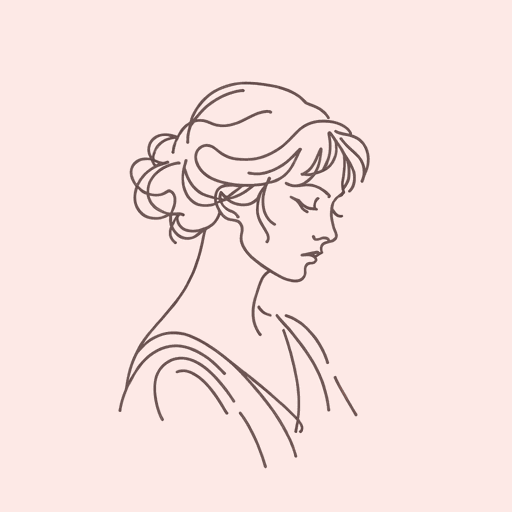
At Home
Anton Chekhov
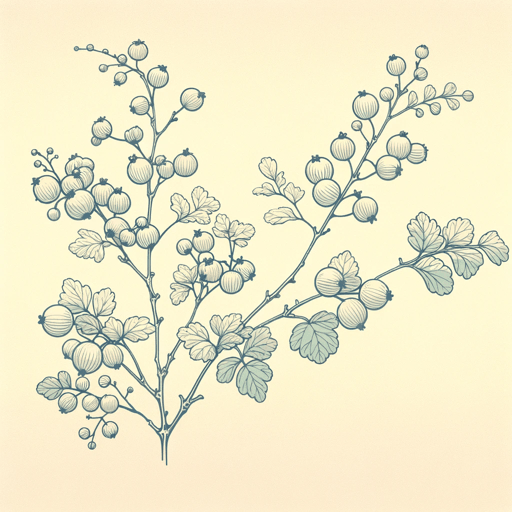
Gooseberries
Anton Chekhov

The Bet
Anton Chekhov
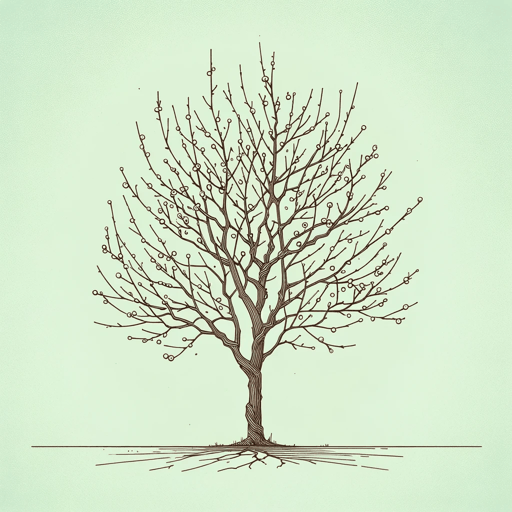
The Cherry Orchard
Anton Chekhov

The Darling
Anton Chekhov
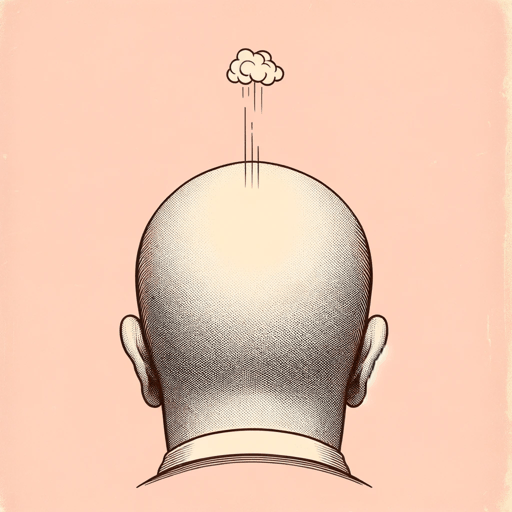
The Death of a Government Clerk
Anton Chekhov

The Duel
Anton Chekhov
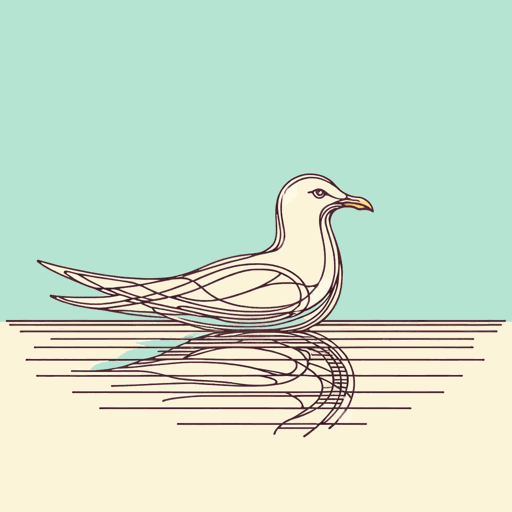
The Seagull
Anton Chekhov

Three Sisters
Anton Chekhov

Uncle Vanya
Anton Chekhov

Vanka
Anton Chekhov

